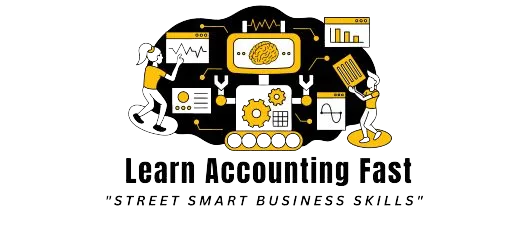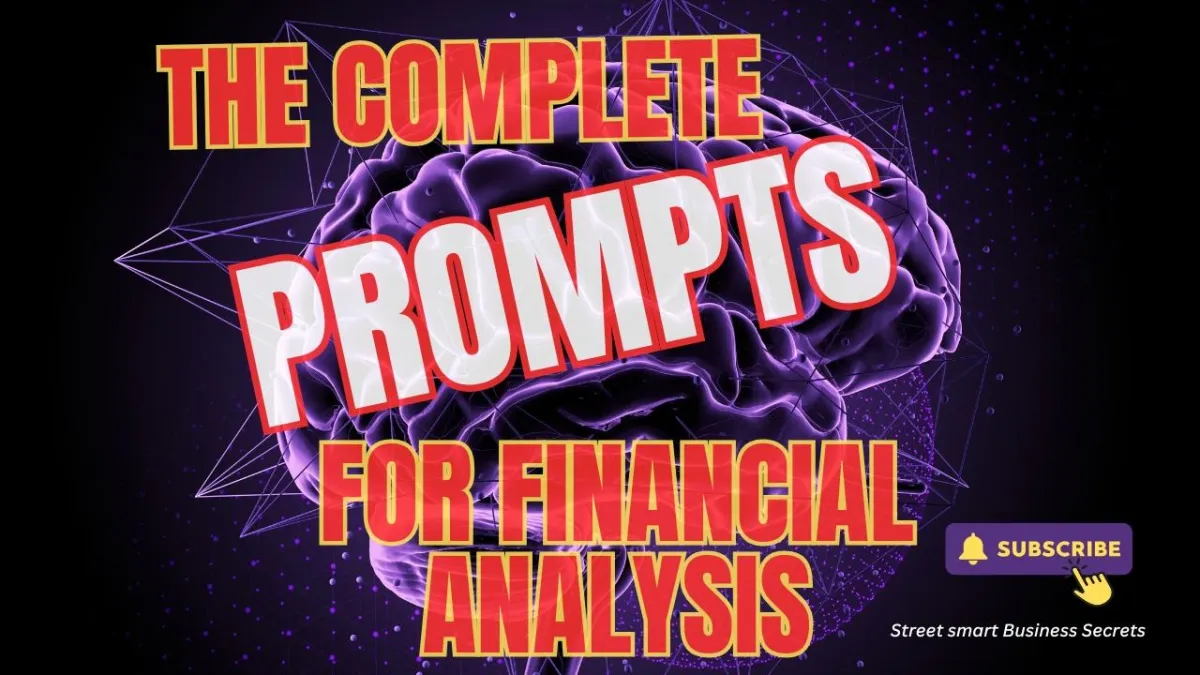Integrating Blockchain Technology into Modern Accounting
Blockchain technology is transforming many industries, and accounting is no exception.
This guide provides a detailed, step-by-step process for integrating blockchain into your accounting practices, enhancing transparency, security, and efficiency.
Why Blockchain Accounting integration?
Blockchain creates a transparent ledger of transactions, ensuring financial records are immutable and easy to verify.
This reduces fraud risks, improves accuracy, and streamlines audits. Integrating blockchain technology into accounting boosts trust and efficiency.
Step 1: Understand Benefits of Blockchain in Accounting
Blockchain ensures all financial transactions are traceable and tamper-proof. For accountants, this means:
Increased transparency in record-keeping.
Simplified audit processes.
Enhanced data security.
Step 2: Define Your Objectives
Clearly identify what you aim to achieve with blockchain:
Improved data security?
Enhanced transaction transparency?
Faster auditing?
Your goals will determine the tools and platforms you need.
Step 3: Select the Right Blockchain Platform
Popular platforms include:
Ethereum: Smart contracts for accounting, Automates tasks using smart contracts. Example: A retailer can use Ethereum-based smart contracts to ensure payments are automatically released to suppliers once goods are delivered and verified by the system
Hyperledger Fabric: For accounting Ensures privacy by enabling private channels for sensitive data.
Example: A financial firm can use Hyperledger Fabric to create a private channel for sharing confidential audit information with regulators securely.Corda: Is tailored for financial services, perfect for managing inter-company transactions. Example: A multinational corporation can use Corda to simplify inter-company loan settlements by creating
a transparent and accurate shared ledger, reducing reconciliation efforts.

Step 4: Choose the Right Tools
QuickBooks + Blockchain Integrator: Synchronizes blockchain data with QuickBooks.
Example: A small e-commerce business that accepts cryptocurrency can automatically integrate those ransactions into QuickBooks for easier reconciliation with fiat income.
Chainlink: Fetches real-world financial data (e.g., exchange rates) for accurate record-keeping.
Example: An import/export company can use Chainlink to automatically fetch daily exchange rates, ensuring all transactions in foreign currencies are recorded accurately.
IBM Blockchain Platform: Offers enterprise-grade solutions with built-in compliance tools.
Example: A logistics company can use IBM Blockchain to track shipments and automate compliance reporting, ensuring transparency and efficiency.

Step 5: Migrate Your Data
Backup Data: Always create a backup before migrating.
Use Middleware: Tools like Zapier sync traditional accounting systems with blockchain. Example: A small consultancy can link QuickBooks a blockchain ledger using Zapier, ensuring every client invoice is securely recorded and tracked.
Test the System: Start with non-critical data to ensure accuracy.
Step 6: Automate with Smart Contracts
Smart contracts simplify processes like invoicing and payments. Example:
Use Solidity to code contracts for automatic vendor payments upon delivery verification.
Example: A wholesaler can create a Solidity smart contract that releases payment to a supplier only when delivery milestones are met, ensuring accountability.
Use OpenZeppelin templates to automate recurring invoices, ensuring timeliness and accuracy.
Example: A subscription-based business can set up smart contracts to auto-generate invoices each month, reducing administrative overhead.
Step 7: Implement Security Measures
Private Key Management: Secure keys using a hardware wallet like Ledger.
Example: A small accounting firm managing client cryptocurrency payments can use a Ledger hardware wallet to store private keys offline, ensuring that access to sensitive payment credentials is protected from online threats such as hacking or phishing.
Multi-Signature Authentication: Prevent unauthorized access.
Example: Require multiple approvals for high-value transactions.
Step 8: Train Your Team
Enroll your team in Blockchain technology for small businesses
Coursera: Offers foundational blockchain courses like "Blockchain Basics."
Example: A small accounting firm can enroll their team in the "Blockchain Basics" course to ensure they understand how blockchain works and how it can be applied to simplify auditing and improve financial transparency.
Udemy: Features practical courses like "Blockchain for Accountants."
Example: A mid-sized business transitioning to blockchain can enroll their finance team in this course to help them learn how to integrate block chain into existing workflows, automate auditing tasks, and streamline reporting processes effectively.
Step 9: Ensure Compliance
Blockchain adoption in accounting simplifies compliance but must align with regulations. Example:
Use blockchain to maintain time-stamped transaction records for tax compliance in multiple jurisdictions.
Consult ACCA's Blockchain Guide for insights tailored to your region.
Example: An international company can refer to this guide to understand how blockchain aligns with tax regulations in various jurisdictions, ensuring compliance across borders.
Step 10: Monitor and Optimize

Track performance with tools like:
Etherscan: Verifies transactions.
Example: A small online shop can use Etherscan to confirm that each customer's cryptocurrency payment is accurately recorded on the blockchain. This ensures every order is processed correctly and builds trust with customers by providing a transparent record of all payments.
BlockCypher: Tracks transaction speeds.
Example: A food delivery service can use BlockCypher to monitor blockchain transaction speeds during peak dinner hours. This ensures quick processing of cryptocurrency payments, reducing delays and maintaining customer satisfaction during busy times.
Benefits of Blockchain in Accounting
Transparency: Decentralized ledgers reduce fraud.
Data Security: Immutable records protect sensitive data.
Efficiency: Automates audits, saving time and resources.
Overcoming Challenges
While integration costs and regulatory uncertainties exist, the long-term benefits, such as streamlined processes and improved security, outweigh the hurdles.
Take the First Step
Blockchain and cryptocurrency in accounting is a practical solution to modernize your accounting.
Start small, use the tools provided, and gradually integrate this revolutionary technology into your systems. Ready to transform your accounting practices?
Explore the resources linked here and take your first step toward a smarter, more secure future.
It's time to thrive in these trying times by taking advantage of this opportunity for personal growth.
Be the greatest you can be… Join us, click the link below for short, sharp, simple video courses that give you confidence and street-smart business skills to simplify accounting and focus on growing your business to succeed.
Latest Posts
The Six Laws of
Wealth Creation
The Six Laws of Wealth Creation. These timeless actions work in 2025’s rapid-change environment and give you calm, repeatable steps to grow money.....
How to Read Business
Financial Reports
A Story of Business Secrets Hidden in Reports
Sarah sat in her office staring at a thick folder of financial reports. Sales, costs, cash flow....
The Millionaire
Mind in Action
Timeless Wealth, Flow, and Power from Robert Kiyosaki,Frank Kern, Tony Robbins
and Open Ai......
Why Cost Control Is the Forgotten Key to Profitability
Most entrepreneurs chase sales growth like it’s the only thing that matters.They spend thousands on ads, new products, and fa ncy offices.....
Master Prompts For
Financial Analysis
The Complete Small Business Guide to Financial Analysis: Formulas, Examples, and Tips.These are super-powerful questions you can ask an AI to help..
How To Solve Any Business
Problem With Ai
AI can help you solve all of these faster, smarter, and more affordably, if you know how. This guide will show you exactly how to do that.........
Disclaimer: The content shared on this blog and in these videos is for informational and educational purposes only. Despite my 30 years of experience as a business owner, I am not a certified financial advisor, accountant, or legal professional. The insights and tips shared are based on personal experiences and should not be taken as professional financial or legal advice. For financial, legal, or professional advice, please consult with a certified professional in the respective field. I disclaim any liability or responsibility for actions taken based on any information found in this blog or these videos.
Copyright Learn Accounting Fast - All Rights Reserved 2025









Facebook
Instagram
X
LinkedIn
Youtube